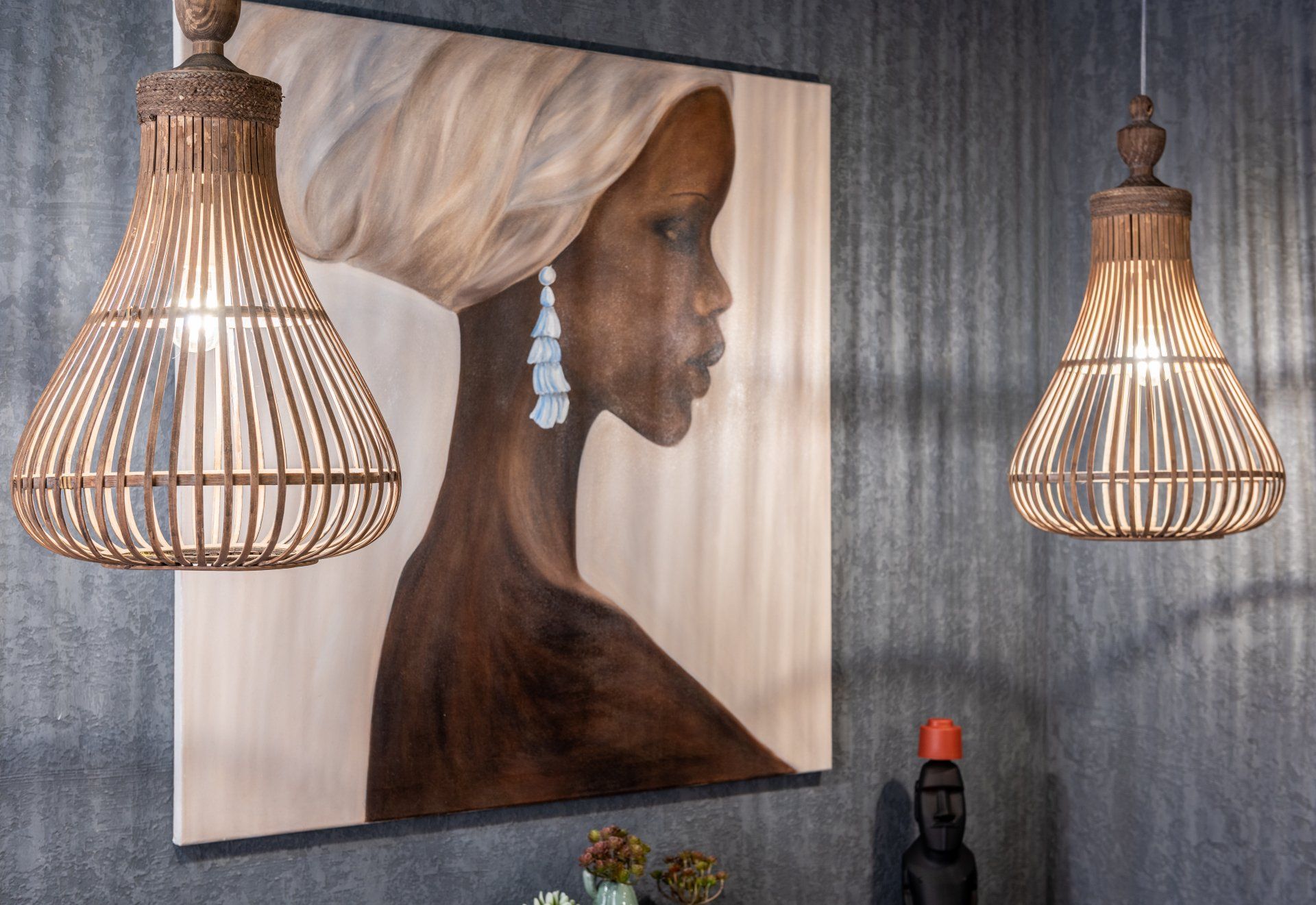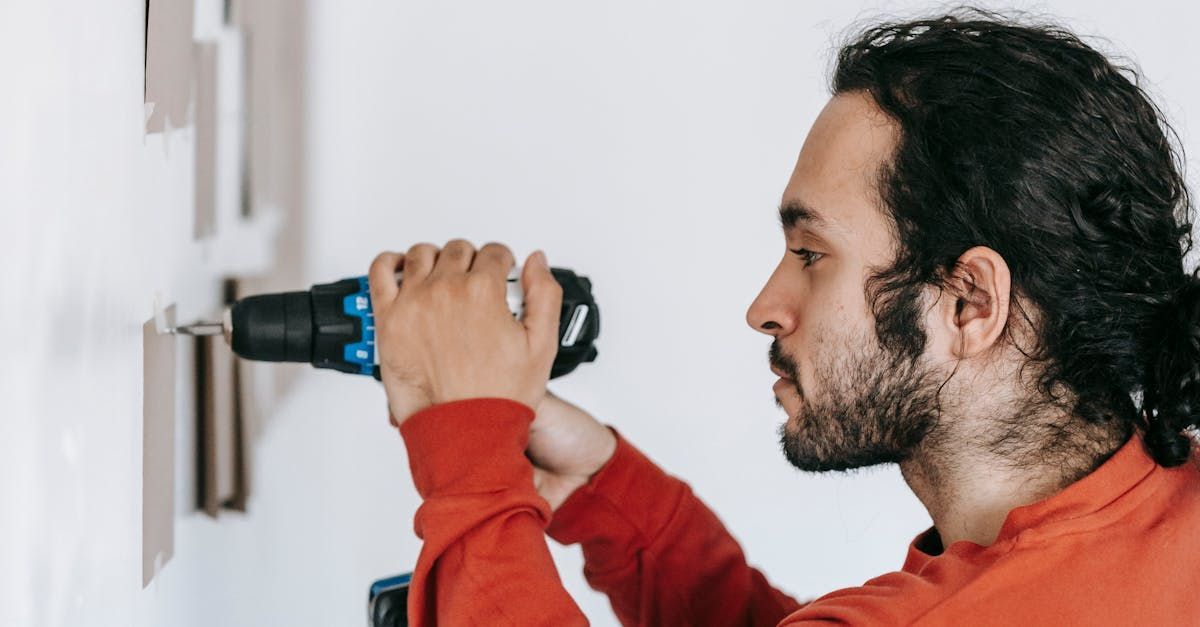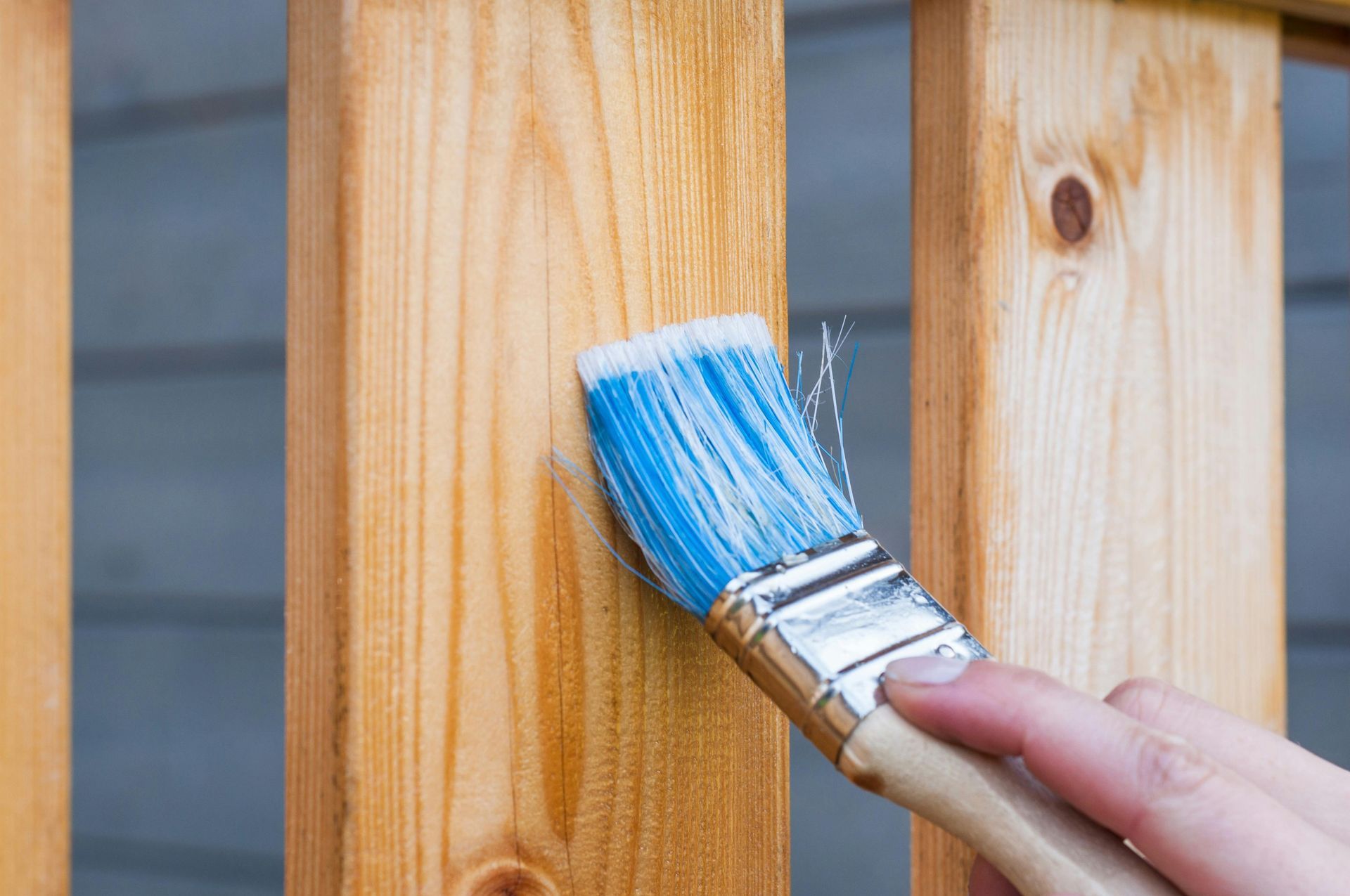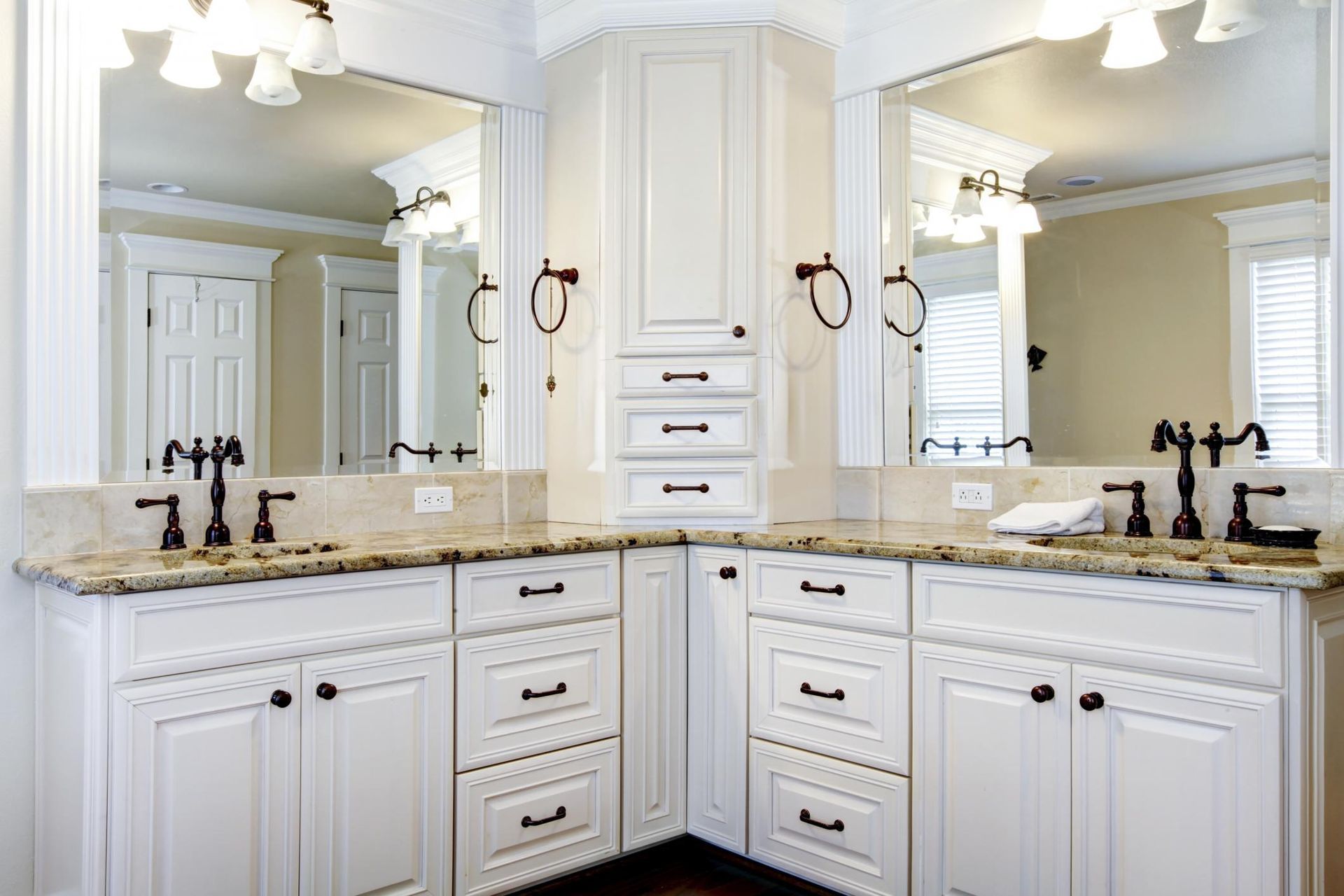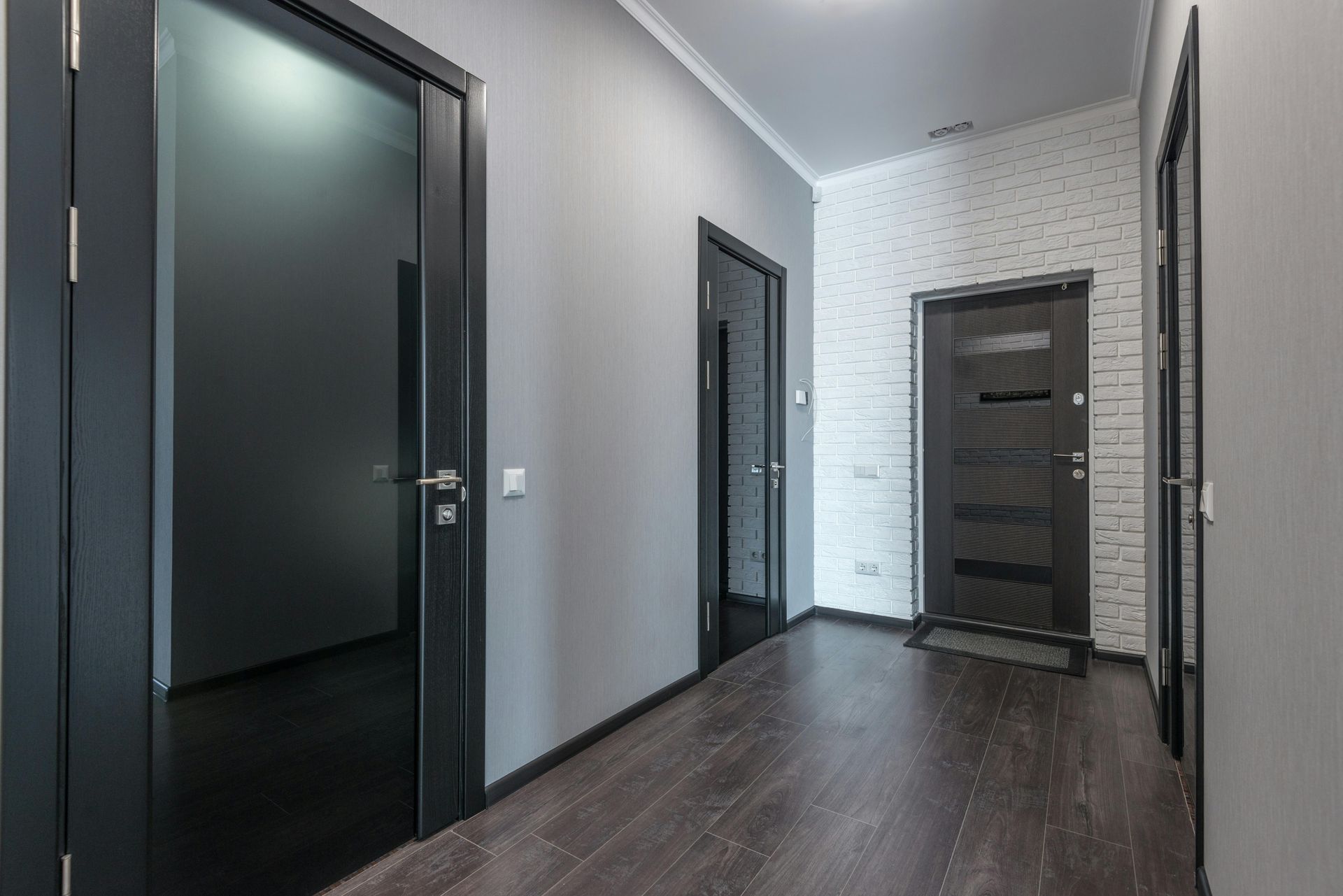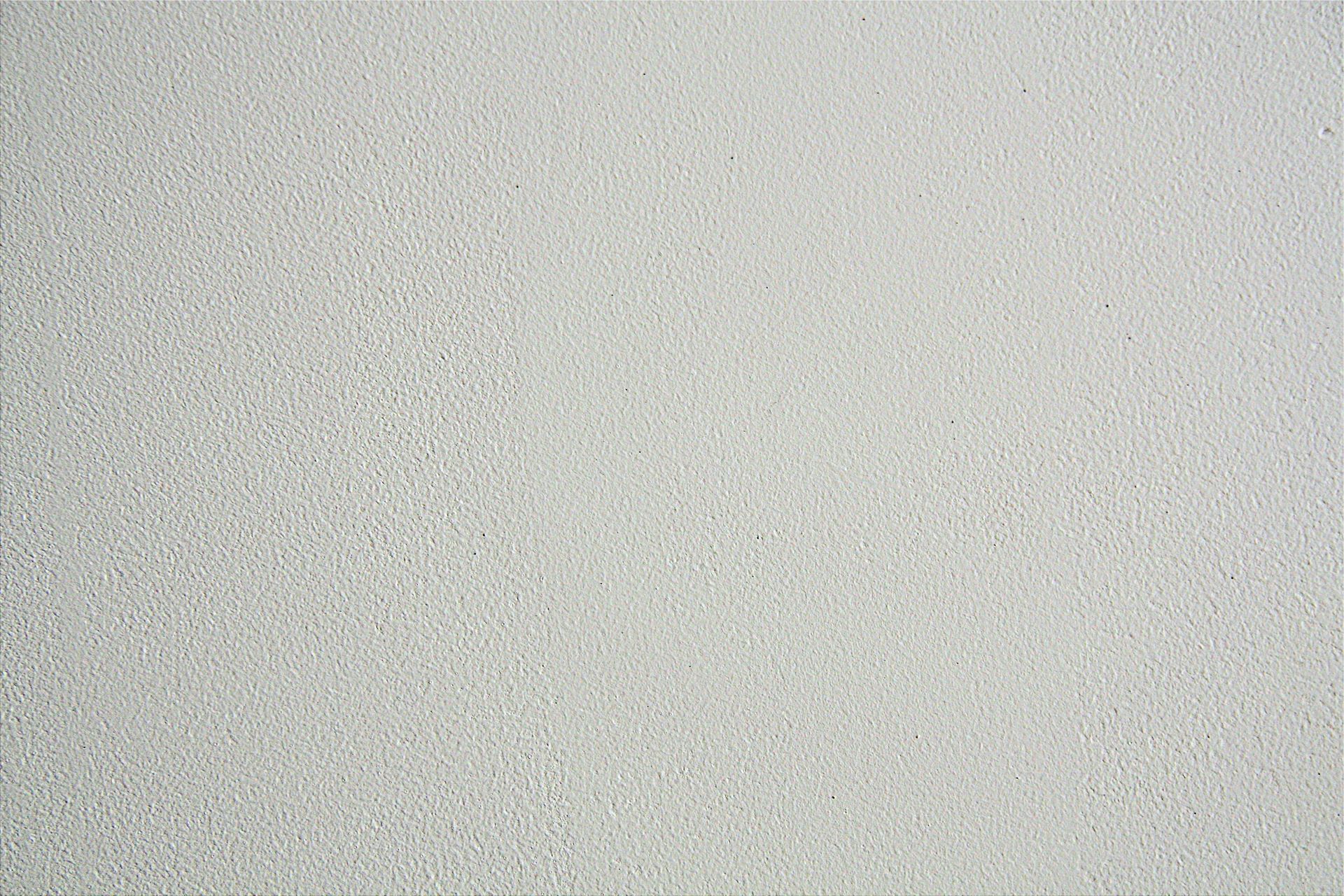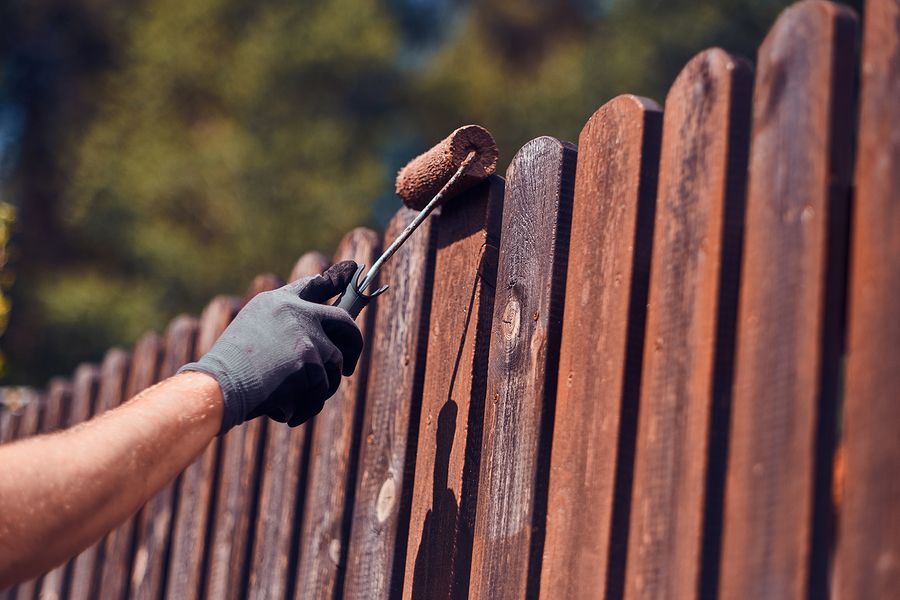Creating Character: How Wall Texturing Can Define Your Space
Transform Your Interiors with Unique Wall Texturing Techniques and Paint Ideas
When it comes to personalizing and defining your living space, wall texturing is a technique that offers both functionality and aesthetics. Textured walls can breathe life into a room, turning an ordinary space into a work of art. In this comprehensive guide, we’ll explore the various wall texture types, the benefits of textured paint, and how different texturing techniques, such as orange peel texture and knockdown texture, can enhance your home’s interior. We’ll also cover some practical tips on wall painting ideas and maintaining your textured surfaces through effective cleaning walls practices.

Understanding Wall Texture Types
Before diving into specific texturing techniques, it’s crucial to understand the different wall texture types. Each type offers unique visual and tactile qualities, allowing you to tailor the ambiance of a room to your taste.
- Orange Peel Texture
The orange peel texture is one of the most popular wall texture types due to its subtle, organic look. It resembles the dimpled surface of an orange peel, hence the name. This texture is achieved by applying a thin layer of joint compound or textured paint and then using a sponge or brush to create the pattern. It’s an excellent choice for creating a warm, inviting atmosphere without overwhelming the space.
- Knockdown Texture
Knockdown texture is another widely used technique, characterized by its distinctive, flattened peaks. To create this texture, a joint compound is sprayed onto the wall and then “knocked down” with a trowel or wide knife, leaving behind a pattern with both raised and flattened areas. This texture offers a slightly more pronounced appearance than the orange peel and works well in spaces where a bit more visual interest is desired.
- Smooth Finish
While not a texture per se, a smooth finish is often used as a contrasting element to textured walls. This finish is achieved by sanding the surface until it is completely smooth. It provides a clean, modern look and can be a good option for highlighting other textural elements within the room.
- Venetian Plaster
Venetian plaster is a luxurious option that adds depth and dimension to walls through a combination of marble dust and lime. This texture is often polished to a high sheen, creating a reflective surface that adds elegance to any room. It’s a more advanced technique but provides a high-end finish that is both durable and beautiful.
Benefits of Textured Paint
Textured paint serves as both a decorative and functional element in interior design. Here’s why you might consider incorporating it into your space:
- Aesthetic Appeal
Textured paint can add a unique visual element to your walls, enhancing the overall design of a room. Whether you prefer the subtlety of an orange peel wall texture or the more dramatic appearance of knockdown texture, textured paint can complement various design styles.
- Hides Imperfections
One of the practical benefits of textured paint is its ability to conceal imperfections in the wall surface. Dings, dents, and uneven areas become less noticeable with a textured finish, making it an excellent choice for older walls or rooms with a lot of wear and tear.
- Acoustic Benefits
Textured walls can help improve the acoustics in a room by diffusing sound. This is particularly beneficial in spaces like home theaters or recording studios where sound quality is crucial.
- Durability
Textured paint often provides a more durable surface than traditional smooth finishes. It can be more resistant to scratches and dents, which is advantageous in high-traffic areas or homes with active children or pets.
Texturing Techniques for a Unique Look
When it comes to applying texture to your walls, there are several techniques to choose from. Each method can create a different visual effect and contribute to the overall character of your space.
Sponging
Sponging is a technique that involves using a sponge to apply and manipulate paint on the wall. This method can create a soft, mottled effect that adds depth and dimension to the surface. It’s ideal for achieving a more natural, hand-crafted look.
Brushed Pearl
The brushed pearl technique involves applying a special paint that contains a pearlescent finish, which is then brushed onto the wall in a specific pattern. This creates a subtle shimmer that can add a touch of sophistication to a room.
Rag Rolling
Rag rolling involves rolling a rag or cloth over a wet glaze or paint to create a textured pattern. This technique can produce a variety of effects, from a soft, understated look to a more dramatic, high-contrast pattern, depending on how the rag is applied and manipulated.
Trowel Techniques
Trowel techniques involve using a trowel to apply and manipulate joint compound or plaster on the wall. This method can create a range of textures, from smooth and sleek to rough and highly textured, depending on how the compound is applied and finished.
Wall Painting Ideas to Complement Textures
When incorporating textured walls into your home, it’s essential to consider complementary wall painting ideas. The right paint colors and finishes can enhance the texture and overall look of your space.
Contrast with Color
Choosing paint colors that contrast with your wall texture can help highlight the texture and add visual interest. For example, if you have a knockdown texture, using a darker color can accentuate the raised areas and create a dramatic effect.
Monochromatic Schemes
Alternatively, you might opt for a monochromatic color scheme where the paint color is similar to the texture. This approach can create a cohesive and harmonious look that emphasizes the texture without overwhelming the space.
Accent Walls
Consider using textured paint on an accent wall to create a focal point in the room. This technique allows you to introduce texture without covering all the walls, which can be especially effective in smaller spaces.
Metallic Finishes
For a touch of glamour, you might incorporate metallic finishes into your paint. Metallic paints can add a reflective quality that complements textured walls, creating a sophisticated and elegant appearance.
Cleaning Walls: Maintaining Your Textured Surfaces
Proper maintenance is crucial for preserving the appearance and durability of textured walls. Here are some tips for cleaning walls and keeping them looking their best:
Dusting
Regular dusting can help prevent the buildup of dirt and grime on your textured walls. Use a soft cloth or a vacuum with a brush attachment to gently remove dust from the surface.
Spot Cleaning
For stains or spots, gently clean the affected area with a mild soap solution and a soft cloth. Avoid using abrasive cleaners or scrubbing too hard, as this can damage the texture.
Avoid Excess Moisture
When cleaning textured walls, it’s important to avoid using excessive moisture. Too much water can damage the texture and lead to peeling or discoloration. Instead, use a damp cloth and dry the wall promptly.
Professional Cleaning
For particularly stubborn stains or heavy buildup, consider seeking professional cleaning services. Professionals have specialized tools and techniques for cleaning textured surfaces without causing damage.
Conclusion
Wall texturing is more than just a decorative choice; it’s a way to define and personalize your space. By exploring various wall texture types and applying different texturing techniques, you can create a unique and inviting atmosphere in your home. Whether you opt for the subtle charm of orange peel texture or the dramatic effect of knockdown texture, textured walls offer endless possibilities for enhancing your interiors.
Incorporating textured paint and thoughtful wall painting ideas can further elevate your space, while proper cleaning and
maintenance ensure your walls continue to look their best for years to come. Embrace the art of wall texturing, and let it transform your living spaces into distinctive and stylish environments.

